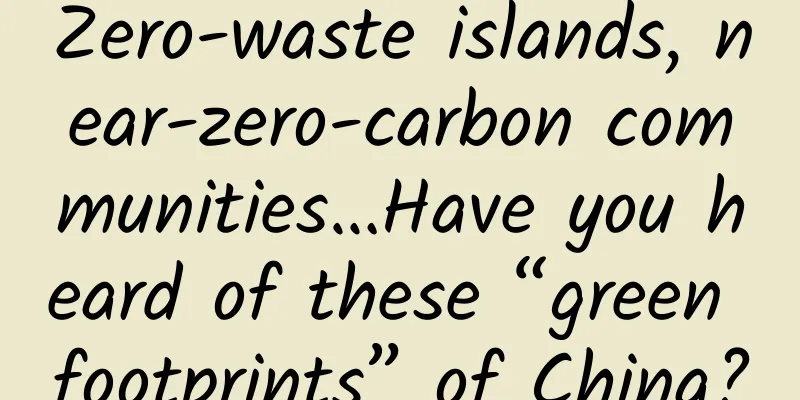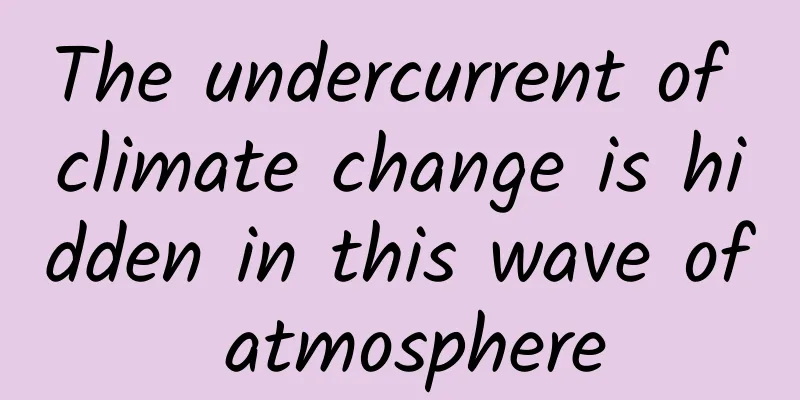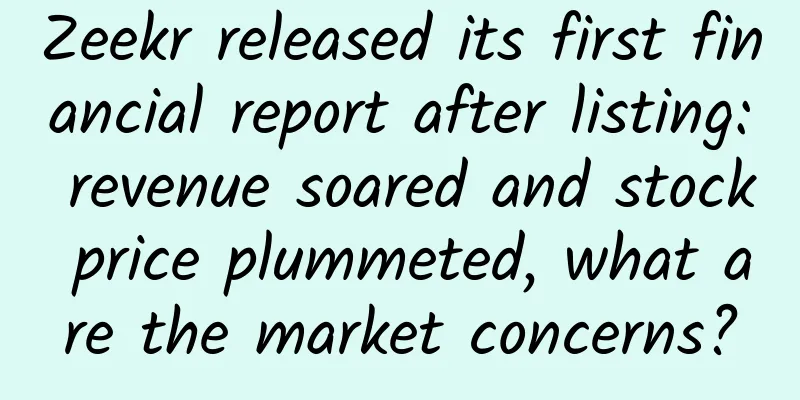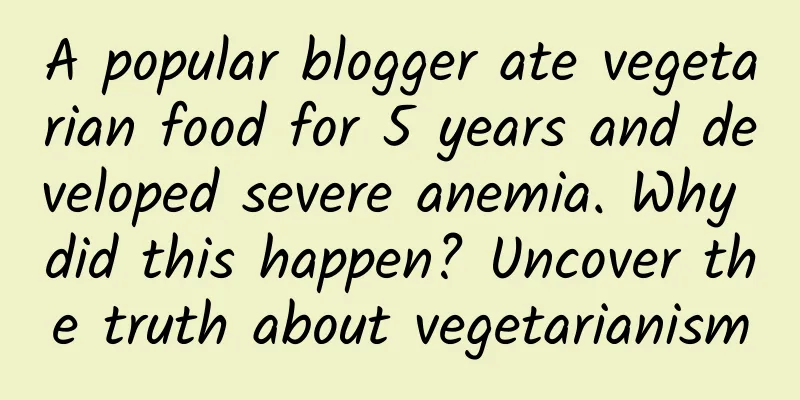Zero-waste islands, near-zero-carbon communities…Have you heard of these “green footprints” of China?

|
Hello everyone, I am Ke Chengwei from Vanke Charity Foundation. I am very happy to meet you all in Hongshan. Vanke Charity Foundation is a non-public fundraising foundation initiated and established by Vanke Group and fully supported. With the concept of "facing the future and daring to be the first" and the vision of "a future home of beauty and harmony", it focuses on the three key strategic modules of carbon neutral community exploration and promotion, community waste management bottleneck breakthrough, and China's climate storytelling to practice and spread the concept of sustainable communities. First of all, I want to ask everyone, what is zero waste ? What is sustainable ? In fact, the understanding of zero waste does not mean that we should not produce any garbage at all, but that we should produce and consume more responsibly and reduce the generation of waste as much as possible. We usually talk about the principle of 3R, 5R or 6R. The core is mainly the concept of source reduction, reuse and recycling. While meeting our current needs, we should try not to bring more burden to the environment. We all understand the truth, but! How can we make zero waste more fun and lower the threshold? For example, can the express boxes we throw away be transformed into a playground for cats? In the following sharing, I hope to invite everyone to start from Nanjing with me, visit several places from north to south in China, and see what interesting zero waste there are in the beautiful rivers and mountains of our motherland, and start a cloud tour with the theme of sustainability~ Beijing Palace Museum The first stop is the Palace Museum in Beijing ! When it comes to the Forbidden City, many people may think of it as a royal palace, located on the central axis of Beijing. It has a magnificent complex of buildings, a large number of cultural relics, various exhibitions, and many people come to check in the cute palace cats. In fact, under the red walls and glazed tiles, there is also a touch of green quietly growing in the Palace Museum. If you are a friend who often comes to the Forbidden City, you may find that the Forbidden City has changed a little in recent years: there are fewer trash cans on the road, replaced by classified trash cans with elegant colors and clear information. There are more types of souvenirs in cultural and creative stores, and the raw materials are actually disposable plastic bottles thrown away by tourists... These silent changes all suggest that in this 600-year-old Forbidden City, where tradition and modernity are intertwined, an exploration of " zero waste " is underway. In January 2020, the Forbidden City and Vanke Charity Foundation jointly launched the "Zero Waste in the Forbidden City" project, focusing on the two major directions of " zero waste office " and " zero waste tour ", and based on the principles of reduction, resource utilization and harmlessness, the Forbidden City's waste is scientifically and meticulously managed. At the same time, the museum's influence is exerted to encourage more people to pay attention to and practice zero-waste green and low-carbon actions . Entering the Forbidden City from the Meridian Gate, there is something you may not notice at first, but you will want to find it as you walk, that is, the trash can! Before the project started, there were more than 300 sets of trash cans in the Forbidden City, and each trash can was very large, which still had a certain impact on the visiting experience of ancient buildings. We invited visitors to the Forbidden City to wear a set of dynamic survey equipment to survey their routes and stay time in the museum. We collected more than 600,000 GPS point data, and further analyzed and clarified the best placement of trash cans. The number was reduced from 310 groups to 110 groups. The design of the trash cans was also upgraded from the original two-classification and four-classification to seven-classification according to local conditions. After the centralized layout, the aesthetics was improved, and the cleaning staff's classification efficiency was greatly improved, effectively realizing the beautiful environment of the Forbidden City where garbage does not fall to the ground. Going further in, you may pass by the restaurant of the Forbidden City. I wonder if any friends have eaten lunch in the Forbidden City? In the process of garbage sorting, the generation of kitchen waste can be controlled at the source, that is, in the ordering and dining links, effectively reducing food waste. The Palace Museum has four restaurants for visitors. We try to create an immersive zero-waste restaurant experience in the restaurant. Through atmosphere arrangement and game interactions at every stage of the audience's meal, we encourage everyone to reduce food waste , control the use of disposable plastic products, save water and paper, order food in moderation, etc., so that the audience can have fun while eating. Coming out of the Forbidden City Restaurant and heading south, we will arrive at Jianting Square. Careful friends may find that under the regular red wall, there is a special attraction hidden, a compost bin made up of several large boxes! On both sides of Jianting Square, you can also see an ecological composting flowerbed, covering an area of about 400 square meters, planted with more than 50 kinds of highly adaptable native plants, as well as ecological facilities such as landscape stones, lotus tanks, earthworm towers, and insect houses. The earthworm towers and insect houses can attract earthworms and insects to reproduce here ; the ecological water tank can collect rainwater to provide water for insects and birds. From microorganisms to plants, from insects to birds to mammals , a small but complete ecosystem has been formed here. Even the black-headed nuthatch, a first-level key protected bird in Beijing that is difficult to see in the inner city, often visits the lotus tank, vividly reproducing the scene in the ancient painting. Everyone must have heard of the Palace Museum's cultural creations. We have also combined the concepts of green and low-carbon , environmentally friendly recycling and circular economy with the Palace Museum's traditional aesthetics to design a variety of environmentally friendly cultural creations. For example, this eco-friendly bag is made from recycled plastic bottles discarded by visitors. Plastic bottles need to go through a series of steps, including high-temperature cleaning, crushing, slicing, granulation, etc., to form RPET particles, and then through drawing, spinning, printing, and superimposing the Palace Museum's design elements, it has become a beautiful and practical Palace Museum cultural creation that also has environmental protection concepts. In addition to the Zero Waste Catering Culture Week, we also organized a number of public advocacy activities at different points throughout the year, such as the science popularization of encountering birds with agile flying feathers in the Forbidden City, the "Oracle × Zero Waste" summer check-in event, etc., a series of interesting and educational public experience activities, bringing participants a dual experience of knowledge and fun. In the four years since the implementation of the Forbidden City Zero Waste Project, about 3,000 Forbidden City staff, 40,000 tour guides, and 21 million visitors have joined the action of building a green Forbidden City . More than 300 important international and domestic guests have visited the Forbidden City to exchange practical experience in green development. I hope you can also become a member of the Forbidden City Zero Waste Practitioner! Weizhou Island, Beihai, Guangxi The second stop was Weizhou Island in Beihai, Guangxi ! This is the youngest volcanic island in China, with beautiful coral reefs near the coast. In recent years, scientists have discovered Bryde's whales on Weizhou Island and nearby waters. Every year, more than 60 Bryde's whales migrate here to live and breed. It is also an important stop for migratory birds along the Pacific coast, with rich tourism resources. This is also China's first zero-waste island ! The general view of Weizhou Island, located in Beihai City, Guangxi Zhuang Autonomous Region. Photographed by Tan Ruijun Since 2014, Weizhou Island has adopted the method of outward transportation of garbage , and the garbage on the island is shipped to Beihai City for treatment every day by ship. However, due to weather conditions and transportation time constraints, this model often causes garbage to accumulate on the island, affecting the sanitation and ecological balance of the island environment. In June 2019, the Foundation's partner, the Beihai Civil Volunteer Association, with the support of the United Nations Development Program, conducted a baseline survey on garbage management on Weizhou Island. The survey found that the economic structure of Weizhou Island is dominated by tourism, and the main sources of garbage include domestic waste from tourists and islanders, fishery waste, and sea floating waste, especially kitchen waste, which accounts for 60% of the total garbage. Starting from 2022, Vanke Charity Foundation will support the Beihai Volunteer Association to carry out an island zero-waste action exploration project on Weizhou Island with multiple scenarios as pilots and the goal of resource-based treatment of domestic waste. We have also recently released a construction guide. Everyone is welcome to visit the island together! Dameisha, Shenzhen, Guangdong The third stop is Dameisha, Shenzhen, Guangdong ! In Shenzhen, a city with tall buildings and a fast pace, Dameisha is a unique place. Surrounded by mountains and the sea, it is the first on the list of the most beautiful forest towns in China. It has 16 parks and a 19.5-kilometer-long seaside boardwalk. It is known as the back garden of Shenzhen people. Tens of thousands of Shenzhen citizens come here every holiday. Especially after the opening of Dameisha subway station at the end of last year, Dameisha has realized direct access to the sea by subway! Behind the tourist attraction, Meisha has a new label of " near-zero carbon " in recent years. From a small park to a large community, since 2021, Vanke Charity Foundation, under the guidance of relevant government departments of Shenzhen, has joined hands with many parties to build the Meisha Carbon Neutral Pilot Demonstration Zone. The exploration of the near-zero carbon community first started from the Meisha Vanke Center. This building looks like this from the air. What do you think the shape of this building looks like? The exploration of this near-zero-carbon community first started from the Meisha Vanke Center. This is what the building looks like from the air. What do you think the shape of this building looks like? This building was designed by Steven Holl, a contemporary American architect, and is known as a "floating horizon and a lying skyscraper". The architect took the geographical and climatic characteristics of the area into consideration at the beginning of the design, and innovatively proposed to "build a building like building a bridge". The building is suspended 9-15 meters above the ground using a cable-stayed structure, with 128 cables to raise the entire building. This creates a microclimate with good convection and ventilation at the bottom of the building, allowing mountain and sea breezes to pass through freely while providing shade on the ground, providing people with an open public resting space. In addition, the building's external shading system, natural ventilation and lighting system, rooftop photovoltaic system, rainwater collection system, full-scene environmentally friendly materials and ecological greening of open spaces all build a comprehensive integration of architecture, technology and nature. For example, the curved sunshade design inspired by palm leaves can reduce 70% of solar heat, and can still provide 15% light transmittance through the holes, which has the effect of shading without blocking the sun. When the sun shines through the sunshade blinds, it is like shining through layers of leaves, creating a feeling of being in a tropical rainforest in the office. We also gave this shading system a very poetic name, called "Giving the Sun a Comb". In 2022, the low-carbon facilities in the park were technically upgraded. More than 8,000 square meters of solar photovoltaic panels were installed on the roof of the building. Before the renovation, the annual power generation was about 269,000 kWh, accounting for 17% of the building's energy consumption. After the renovation, the annual photovoltaic power generation is expected to increase to 720,000 kWh, about three times that before the renovation, and can provide 85% of the building's energy. Going further, we will see a black soldier fly hut , which is the home of the park's carbon reduction star and magical big eater black soldier fly. The black soldier fly is an insect of the family Schizophoridae in the order Diptera . Although it looks a bit like a fly, it is a completely different insect. In November 2019, Vanke Charity Foundation innovatively introduced the " Black Soldier Fly Food Waste Treatment Technology " - using black soldier flies to biologically treat community food waste. At present, all the food waste in the park can be treated locally with black soldier flies, with a daily processing capacity of 200kg/day, ensuring that food waste does not leave the park. Every year, the park uses black soldier flies to treat food waste, which can reduce greenhouse gas emissions by 64.7 tons , equivalent to planting 647 trees. In order to let more people know about the lovely horseflies, we have also developed a black soldier fly picture book. Finally, welcome to the rooftop of our office building, which is a community garden of about 300 square meters. A few years ago, after the typhoon "Mangkhut", the rooftop garden of Meisha Vanke Center was in ruins. Under the organization of the foundation, we started reconstruction together with community members, and used a lot of discarded materials, such as the scrapped boats pulled back from the seaside. Colleagues working in the park can claim a piece of land here for cultivation and build a roof garden . We have also co-created a gardener's convention to build, share and help each other. We do not use pesticides or chemical fertilizers on a daily basis. We use organic fertilizer made from black soldier fly sand piles to ensure the safety of urban pollinators while meeting planting needs. Starting from 2022, the green area of about 7,000 square meters on the roof of Vanke Center has completed soil improvement, invasive plant cleaning, and nectar plant planting, striving to improve the protection of urban pollinators. At present, it has attracted more than 20 species of pollinators to visit the flowers and stay here. In the larger community, we are also actively promoting low-carbon and friendly lifestyle practices for community residents, tourists and merchants. In August 2023, Vanke Charity Foundation and Meisha Subdistrict Office jointly launched a full-scenario zero waste initiative and released a "zero" carbon Meisha Good Life Guide, covering the six most common scenarios in Meisha life. From the perspectives of organizers and participants, it transforms green visions into green actions and provides practical action suggestions for local organizations and residents in Meisha. In addition, in Meisha, a place surrounded by mountains and sea, we organize activities such as "Nature Observation Challenge" and "Fighting Water Monsters" among mountains, forests, rivers and lakes to encourage community residents to understand the biodiversity around them and work together to eliminate invasive alien species. Walking along the seaside boardwalk, you can also learn about Meisha species, including plants, birds, insects and various marine life. The community here also has various exhibitions open to the public free of charge, covering topics such as renewable energy, marine debris, climate change, etc. Every event and every participation is constantly promoting a near-zero-carbon community life paradigm that is lower carbon, environmentally friendly, more participatory and action-oriented. We hope that more people who live or work in this community, or come here to enjoy their holidays, can start with the simple "zero waste" and become advocates, practitioners and promoters of green life, and jointly build a "Meihao Life"! In just a few minutes, we have come from the north to the south of the motherland. In addition to the pilot project, March 30th of each year is the Zero Waste Day jointly initiated by Vanke Charity Foundation, One Foundation and Zero Moe. We will open registration to partners across the country and invite everyone to carry out zero-waste themed online or offline activities in different scenarios such as their communities, schools, offices, etc. With the support of UN-HABITAT, a total of 184 partners from 26 provinces and 73 cities across the country signed up to participate in the event, which included second-hand markets, old clothes transformation, composting experience, enzyme production and other activities. Together with your neighbors, classmates or colleagues, you can reduce waste and create more interesting and fun moments in life. A community can be big, but it can also be small. Starting from bringing your own cup and reducing disposable items, every small zero-waste and sustainable action is a solid step towards the future we want. We look forward to the participation of more partners! |
<<: I heard that marble has radiation? The mineral that can really harm you is...
>>: H1N1 flu is coming, understand these symptoms and don't panic
Recommend
Overglaze vs. Underglaze: The Art and Safety of Tableware Selection!
Audit expert: Peng Guoqiu Deputy Chief Physician,...
Astonishing amounts of liquid water have been found on Mars! Why are humans so persistent in finding water in space?
Popular Science Times reporter Chen Jie Shi In th...
How early was the earliest hot pot? Much earlier than Yao, Shun and Yu!
Frost has passed, is the beginning of winter far ...
Hunting, war, maintaining rule...what secrets are hidden behind the poison?
Influenced by "Water Margin", everyone ...
Nokia returns to the mobile phone market: Can it really stage a comeback?
Recently, after Nokia spent a lot of money to acq...
New iPhone will upgrade fingerprint module: less mistakes and more secure
On the morning of February 11, 2015, KGI Securiti...
I asked those friends who have successfully lost weight, and the secret turned out to be...
Are there any staple foods that I can eat to lose...
I really want to ask: Why don’t the colors squeezed out of the colored strip toothpaste mix together?
Speaking of color striped toothpaste, I believe m...
Different competitive product analysis about Gudong vs. Yuepaoquan
Before writing about competing products, you shou...
Anqiang Investment Notes: "Four-in-one Trading Method"
Anqiang Investment Notes "Four-in-one Tradin...
Do you have these New Year food customs at home?
New Year's Day by Wang Anshi (Song Dynasty) T...
Honda registers the "Honda e" trademark to signal its entry into electrification
Honda has registered the "Honda e" trad...
What is the nose under the bow of a boat for? Without it, the boat can't go fast.
Have you ever noticed those ocean-going cargo shi...
Introduction to Baidu Promotion Brand Zone Information Flow Advertising!
What is a Brand Zone? Baidu Brand Zone is an info...
If creativity is not enough, then malicious intent can be used to make up for it. Because the prospects for iPhone 7 are worrying, what tricks has Apple invented?
Since the death of Steve Jobs, the voices critici...









